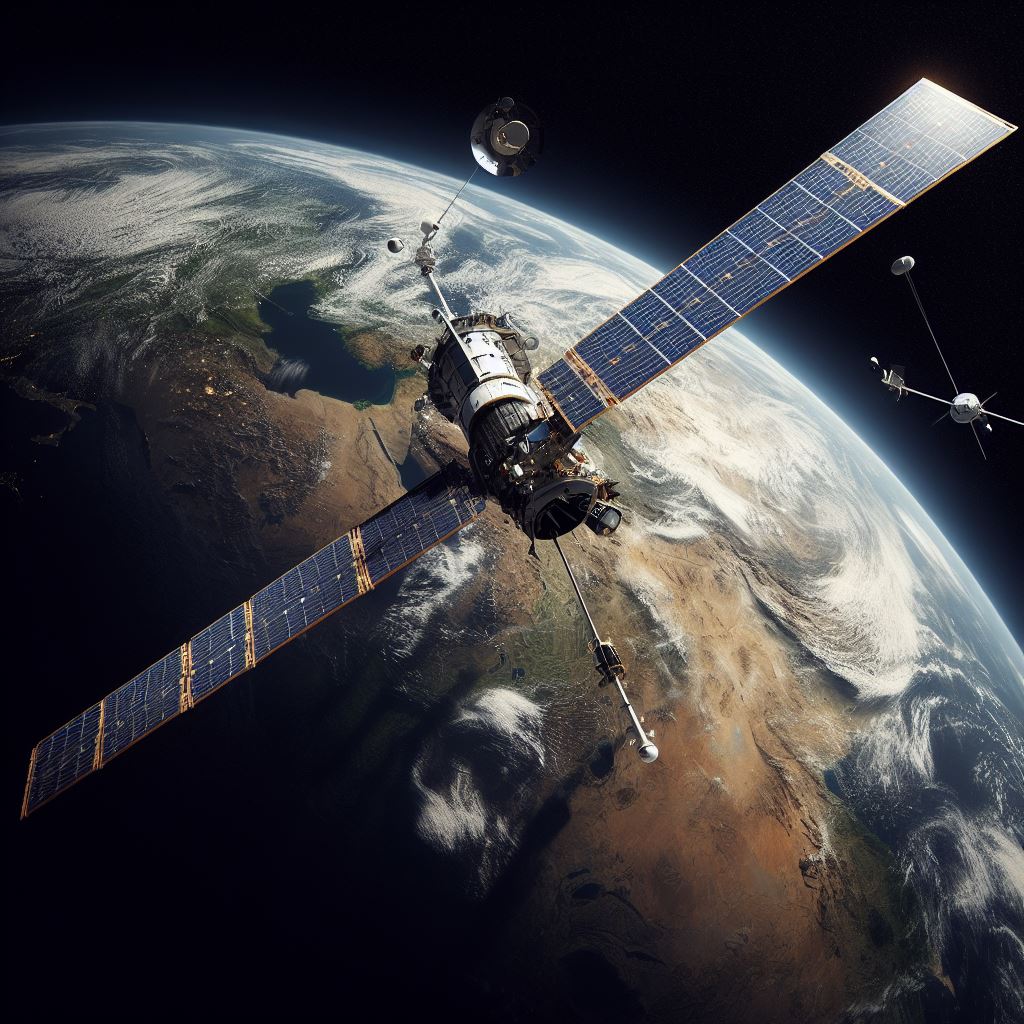· deep dive · 3 min read
SpaceX and Starlink
This article delves into SpaceX's incredible journey from its inception to becoming a space industry leader, and its Starlink project's mission to provide global internet access.

Introduction to SpaceX
Founded in 2002 by Elon Musk, SpaceX has evolved from a daring startup to a leader in the private space industry. This innovative company revolutionized the launch sector with its reusable rocket technology, boasting over 200 successful missions.
SpaceX’s vision extends beyond launches; it aims to make human life on Mars a reality and expand global internet access. With a workforce of over 12,000 and contracts exceeding $100 billion, SpaceX continuously achieves unprecedented milestones. From being the first private entity to launch, orbit, and recover a spacecraft, to sending astronauts to the International Space Station, SpaceX consistently defies skeptics. This article delves into the company’s most ambitious projects.
Overview of Starlink Satellite Internet
SpaceX’s Starlink project aspires to create a vast network of internet satellites, providing global broadband services. Targeting the 3 billion people worldwide without internet access, Starlink promises high-speed, low-latency internet from space.
The Starlink constellation, with over 5,500 active satellites at approximately 340 miles altitude, plans an expansion to 42,000 satellites. These satellites feature a flat-panel design, electric propulsion, and communication arrays.
Starlink users access the network through a small home or business terminal, enjoying speeds akin to fiber-optic cable with excellent latency due to the speed of light in space.
Post-2023, Starlink envisions global mobile phone coverage by enabling direct device connections. As the constellation grows, so will coverage and performance.
Starlink Services and Markets
In late 2020, Starlink commenced a public beta in underserved rural and remote areas. Users experienced download speeds of 50-150 Mbps, 20-40ms latency, and consistent connectivity.
By 2023, Starlink connected 1.5 million users across 65 countries, expanding its infrastructure for increased capacity. Its clientele spans individuals, governments, businesses, and beyond.
Satellite internet’s unique markets include in-flight WiFi, remote area vehicle internet, and ship connectivity beyond cell tower range. These applications capitalize on the satellites’ global reach.
Starlink also explores providing backbone bandwidth to telecoms, serving airlines, maritime operations, enterprise networks, and enhancing rural connectivity. Government contracts, like those from emergency response agencies, add to its revenue streams.
Starlink Progress and Roadblocks
Despite its achievements, Starlink faces challenges in low Earth orbit. These include reducing satellite brightness, preventing space debris, and ensuring component durability in space. SpaceX is continually refining designs to enhance satellite longevity and address concerns.
Navigating regulatory landscapes for spectrum licenses and constellation expansions proves complex across nations. Political and bureaucratic obstacles are inherent in global infrastructure projects.
Analysts question Starlink’s long-term profitability, given its substantial capital costs. Nonetheless, SpaceX remains optimistic about tapping diverse markets.
Future Outlook
Starlink showcases SpaceX’s ambitious use of its launch and spacecraft technology to bridge the digital divide. Early outcomes are encouraging.
SpaceX’s edge lies in its reusable rockets and mass manufacturing capabilities, enabling rapid and cost-effective Starlink deployment. The company also works to lower user terminal costs through economies of scale.
With far-reaching goals, SpaceX envisions Starlink’s success as a financial catalyst for its Mars colonization aspirations. As the number of internet satellites approaches tens of thousands, Starlink symbolizes SpaceX’s relentless pace of innovation.



